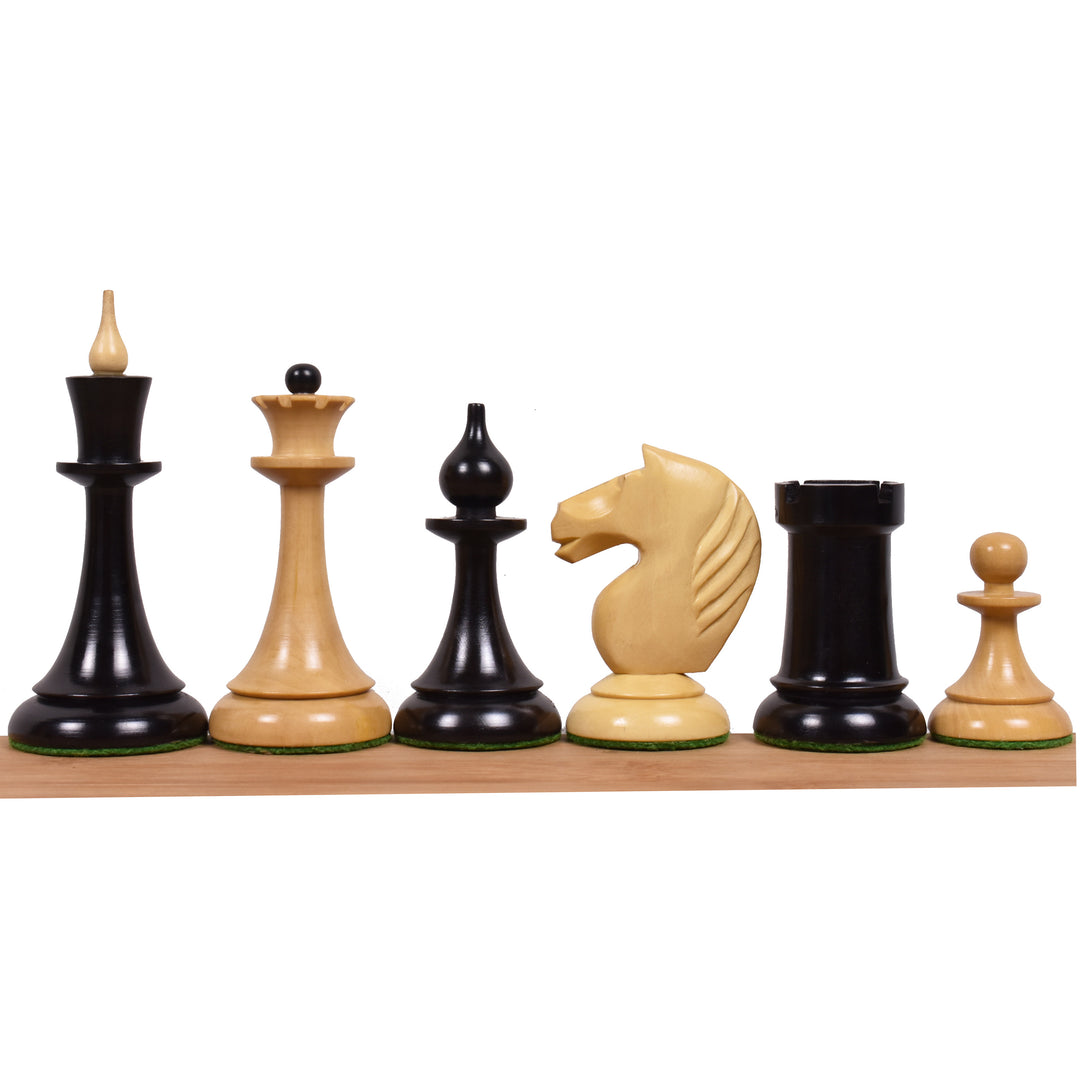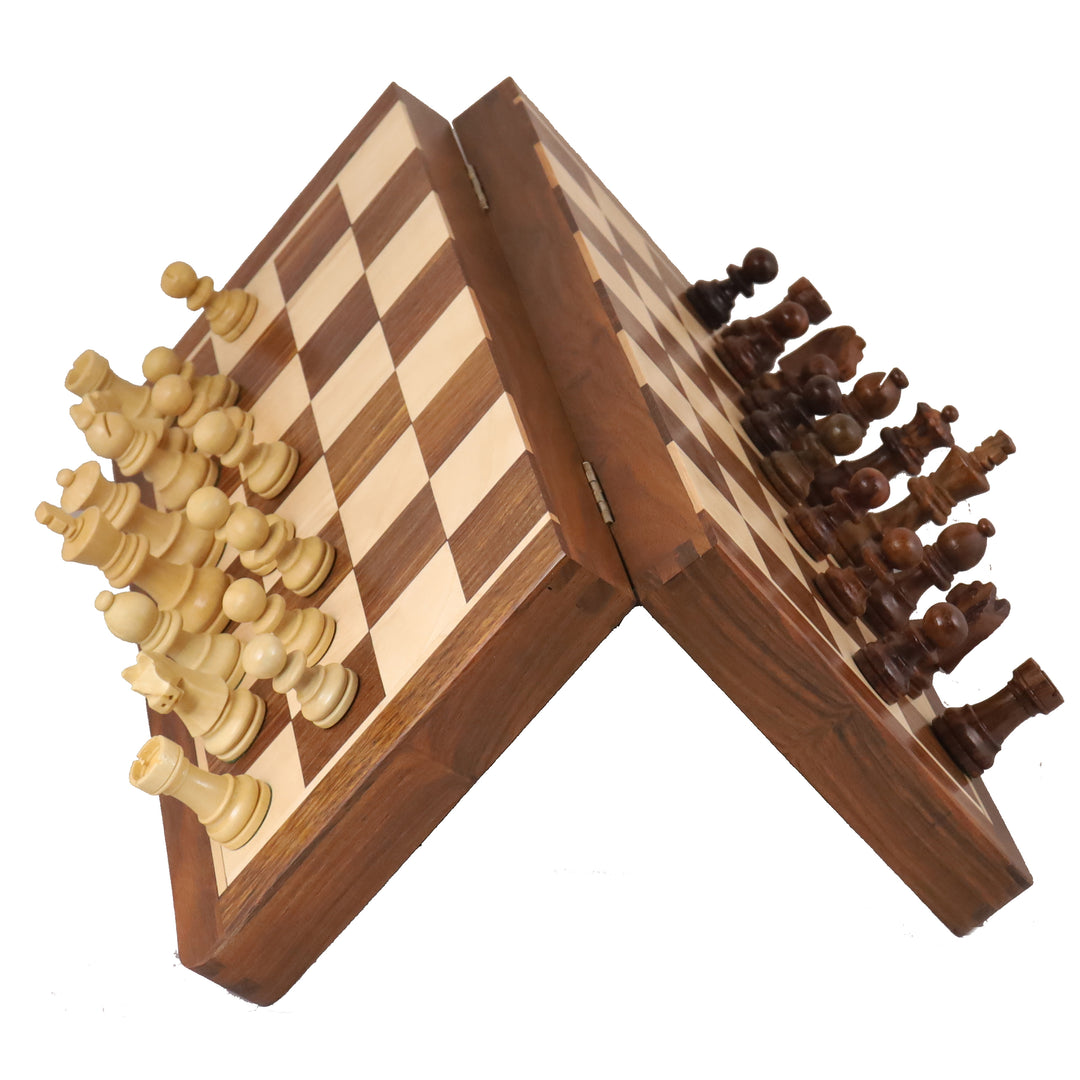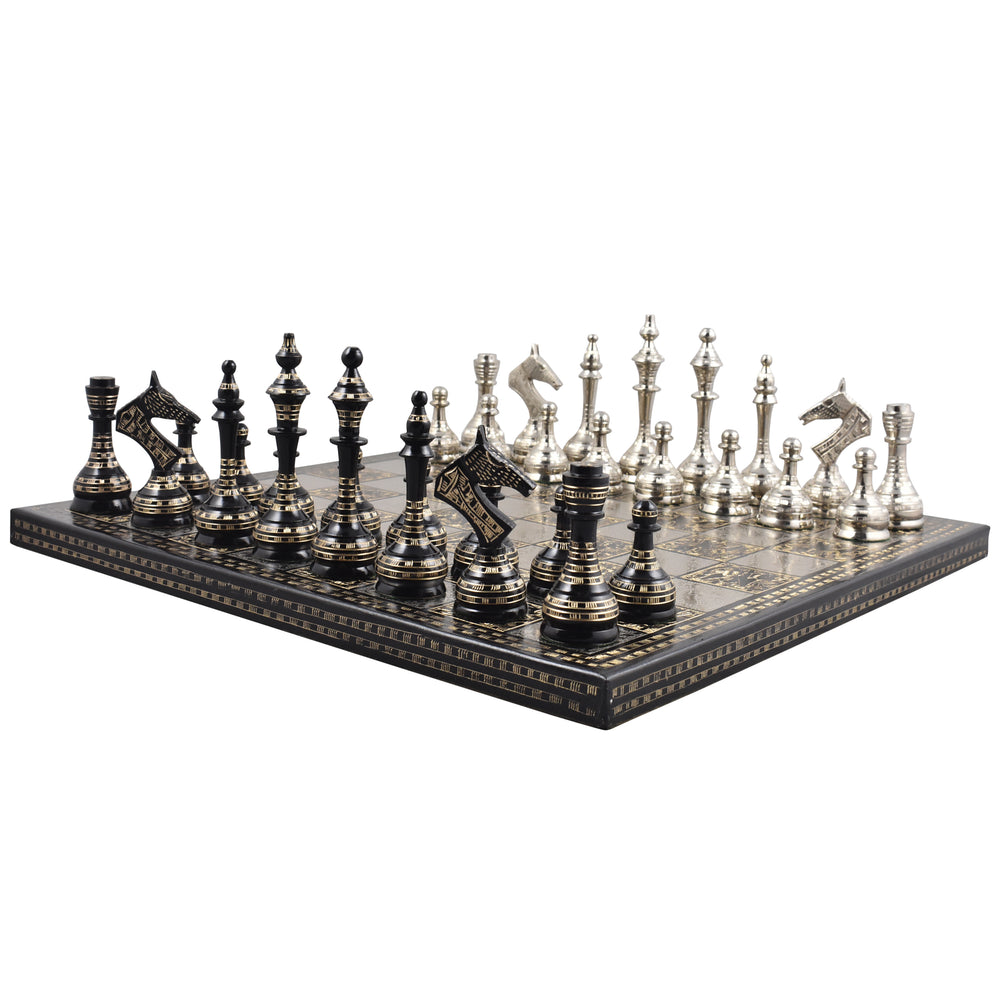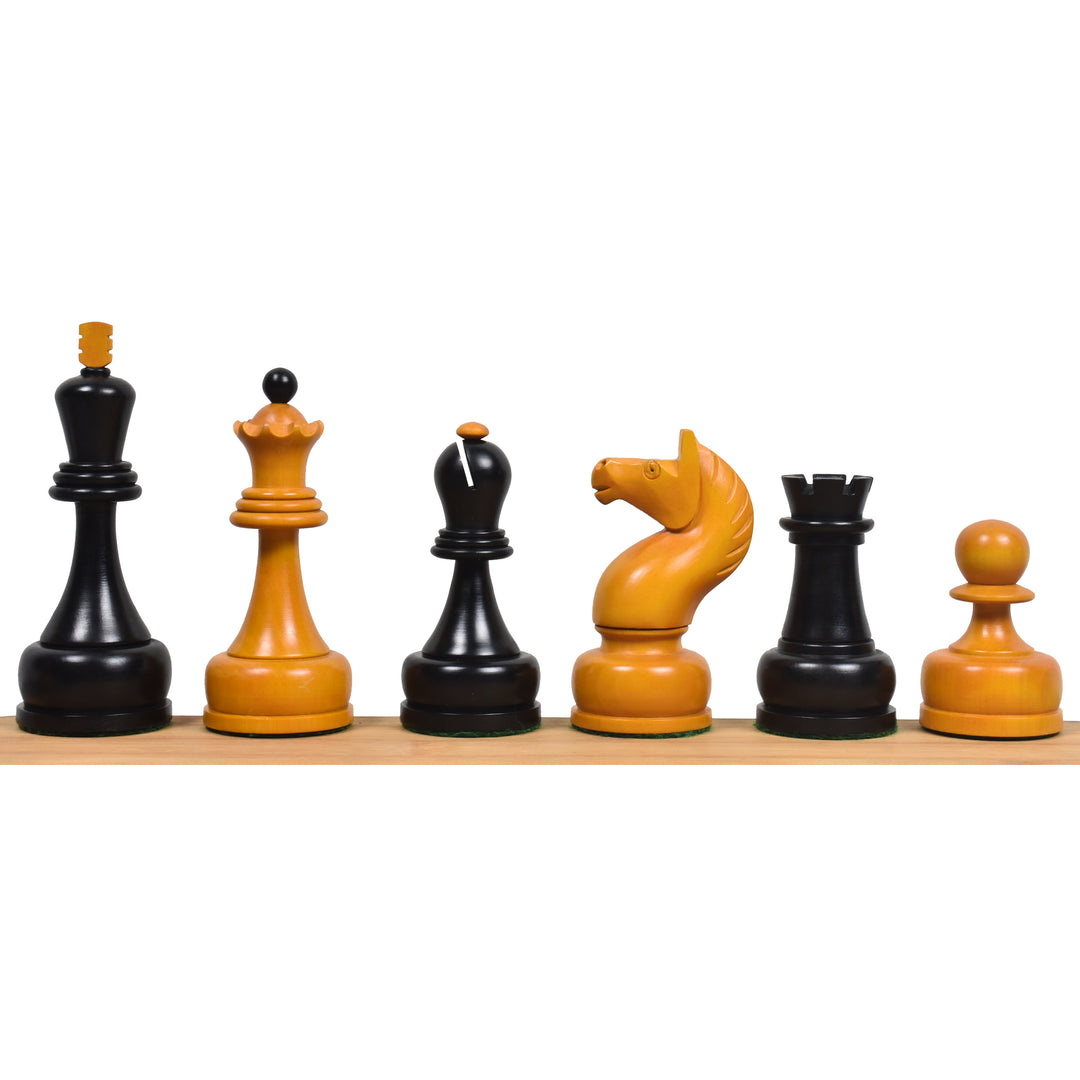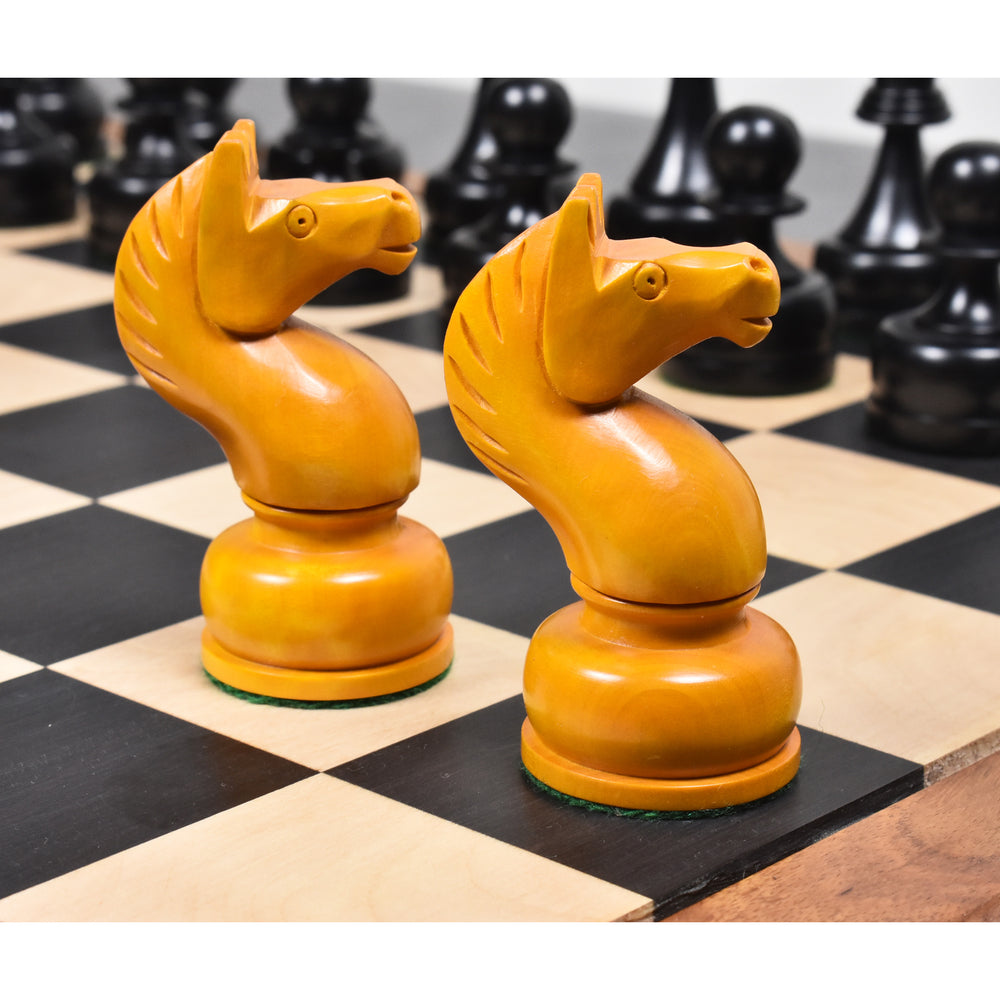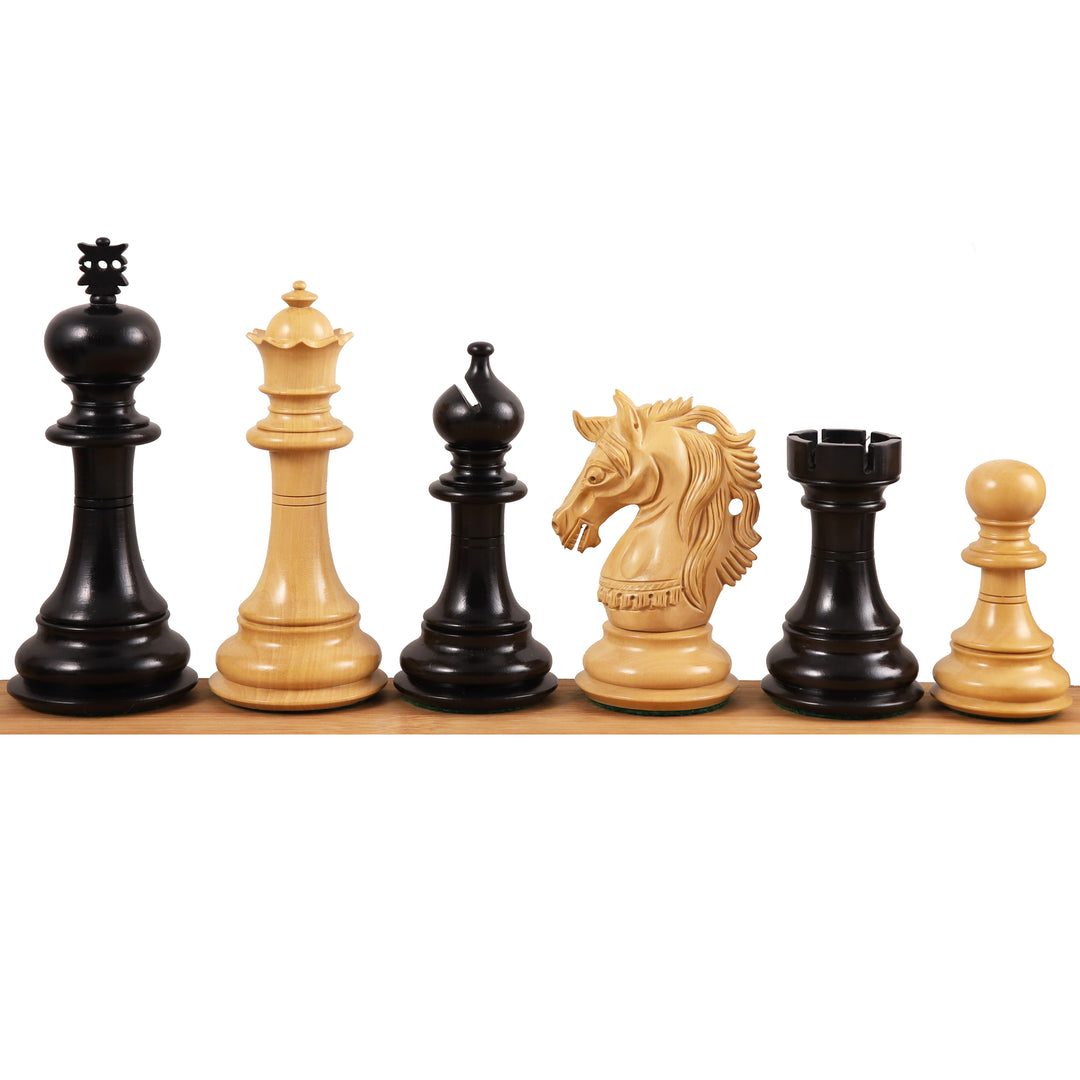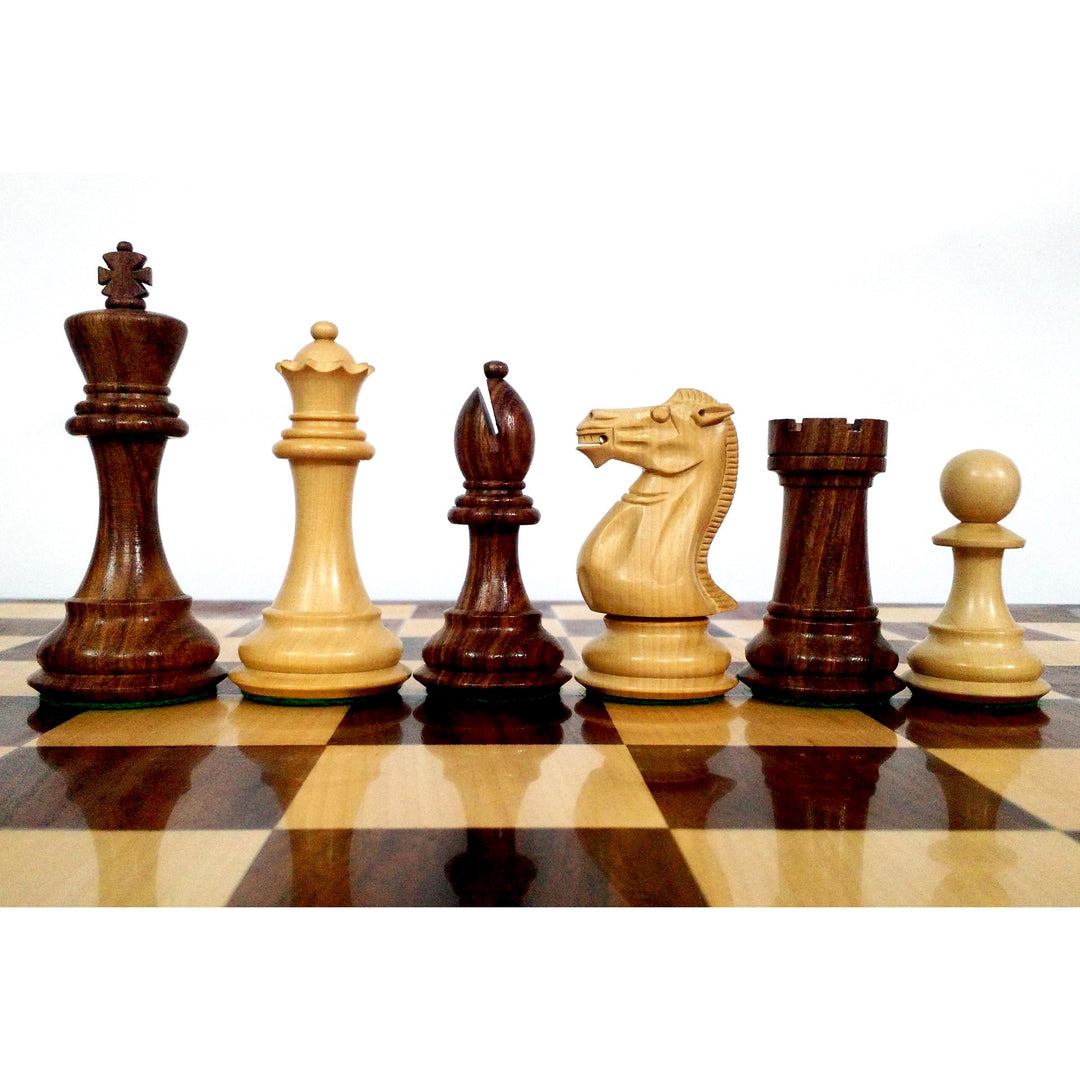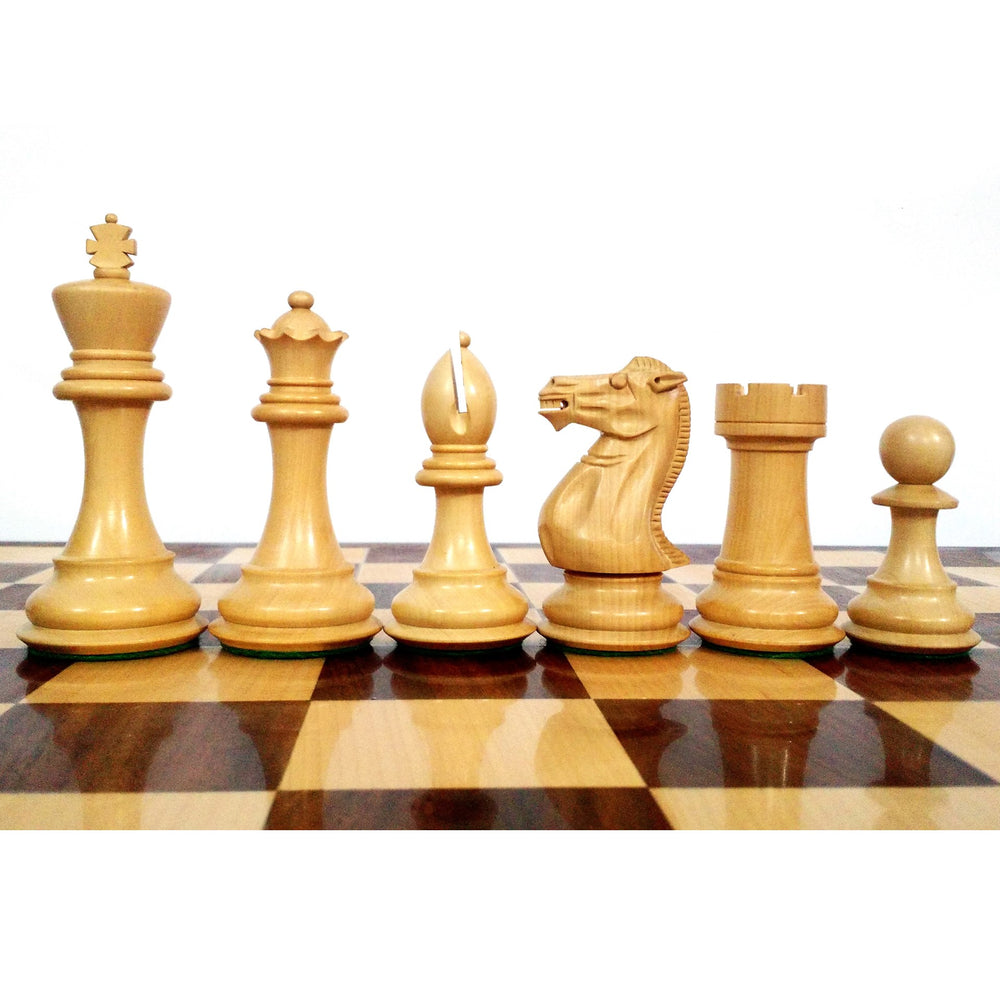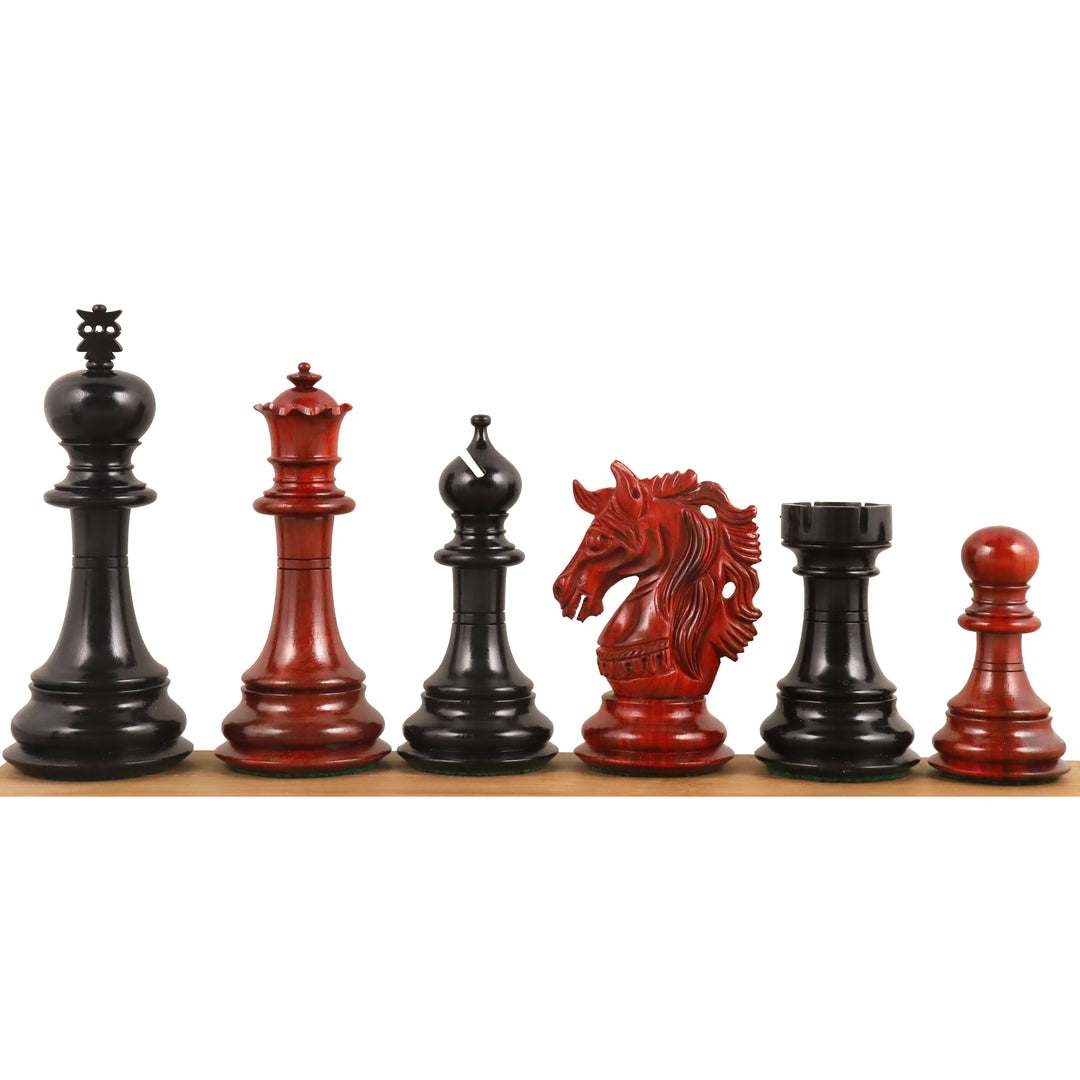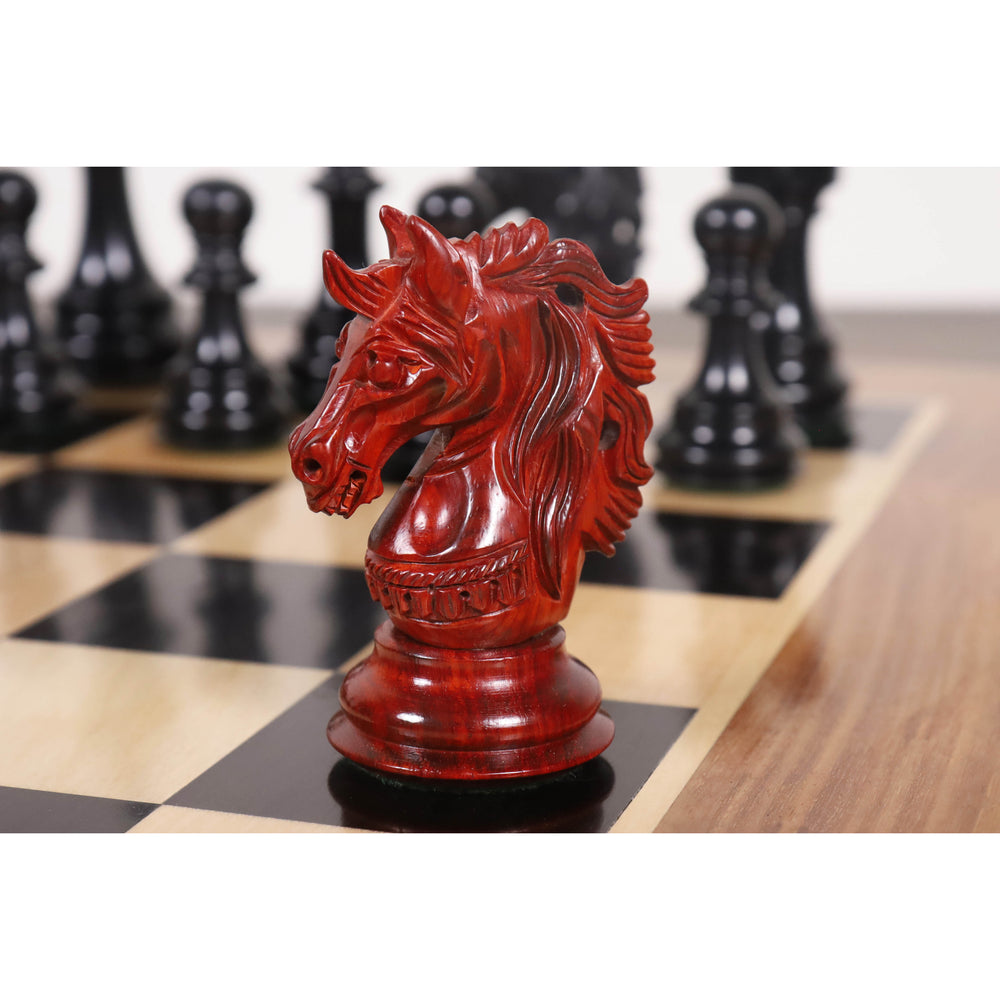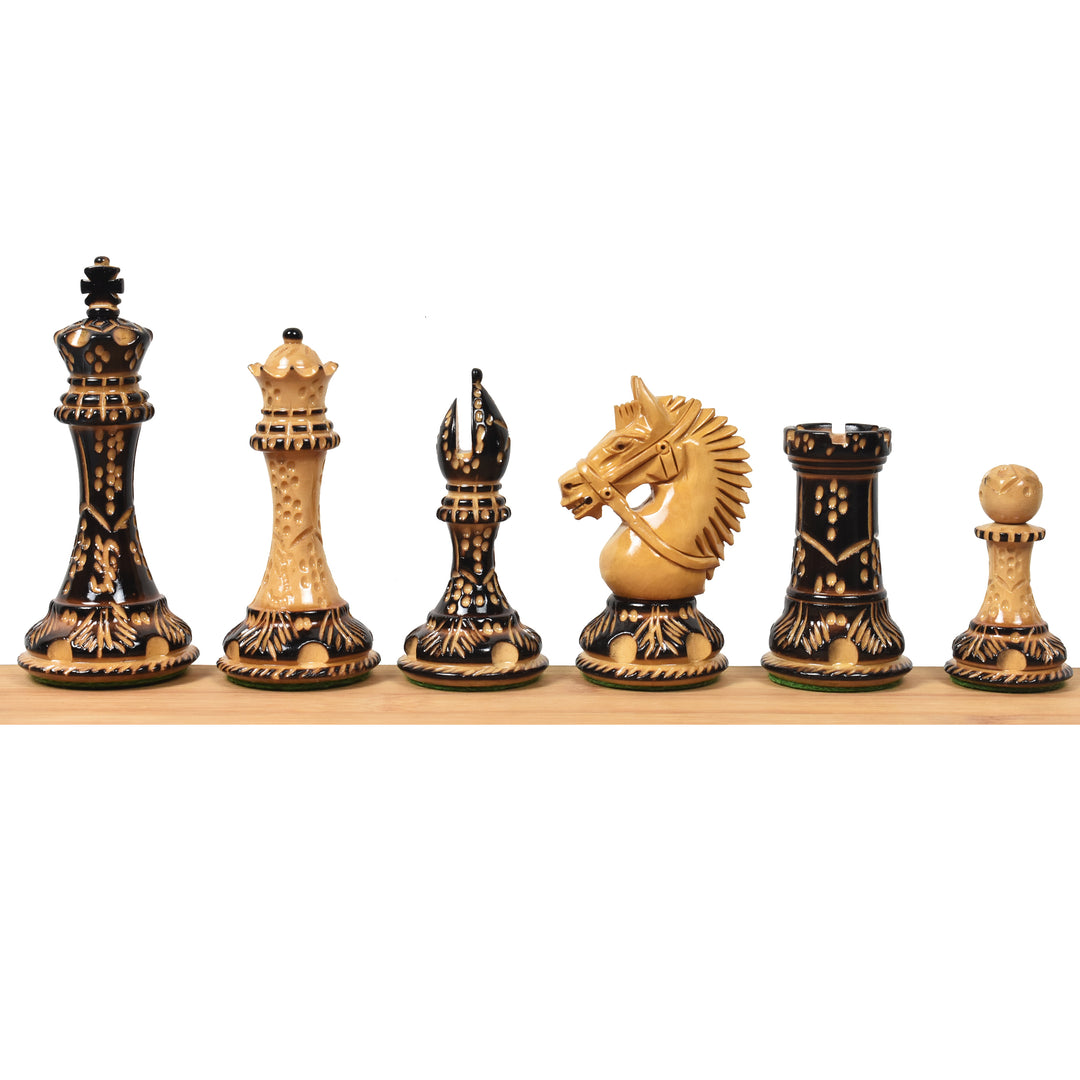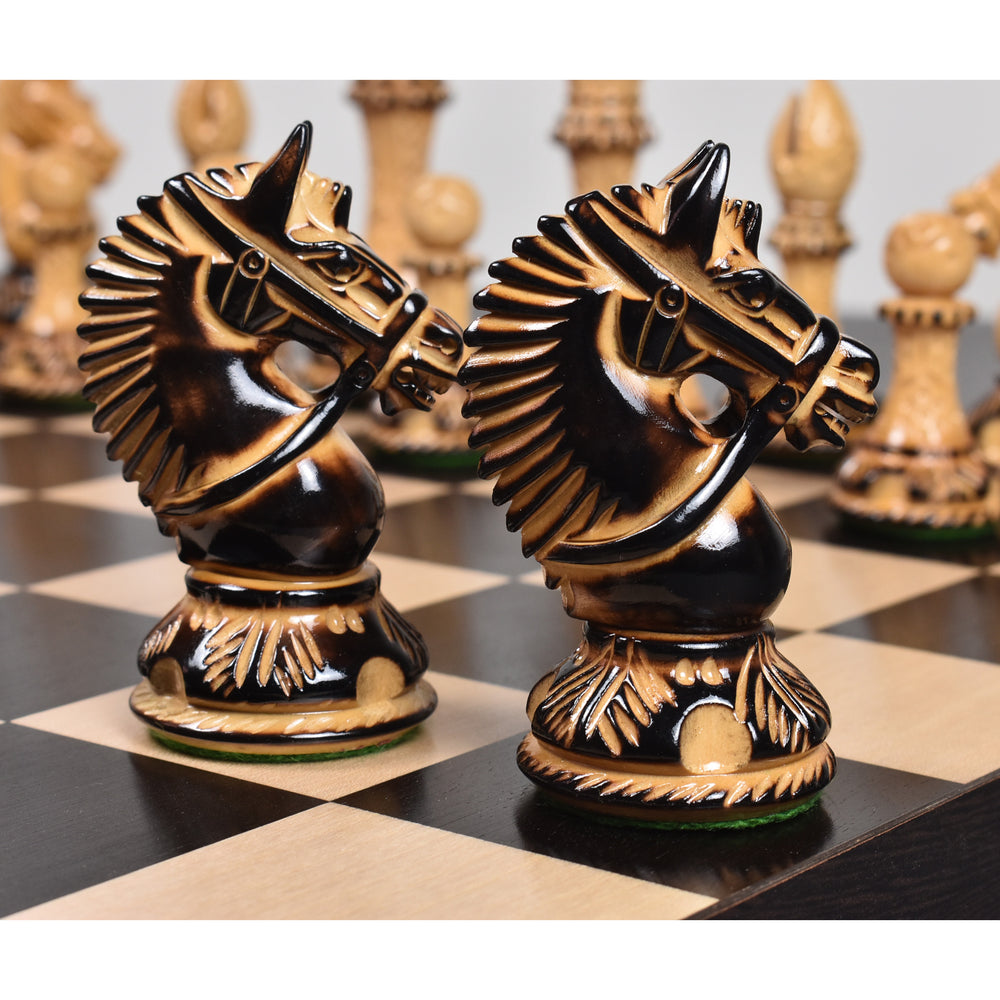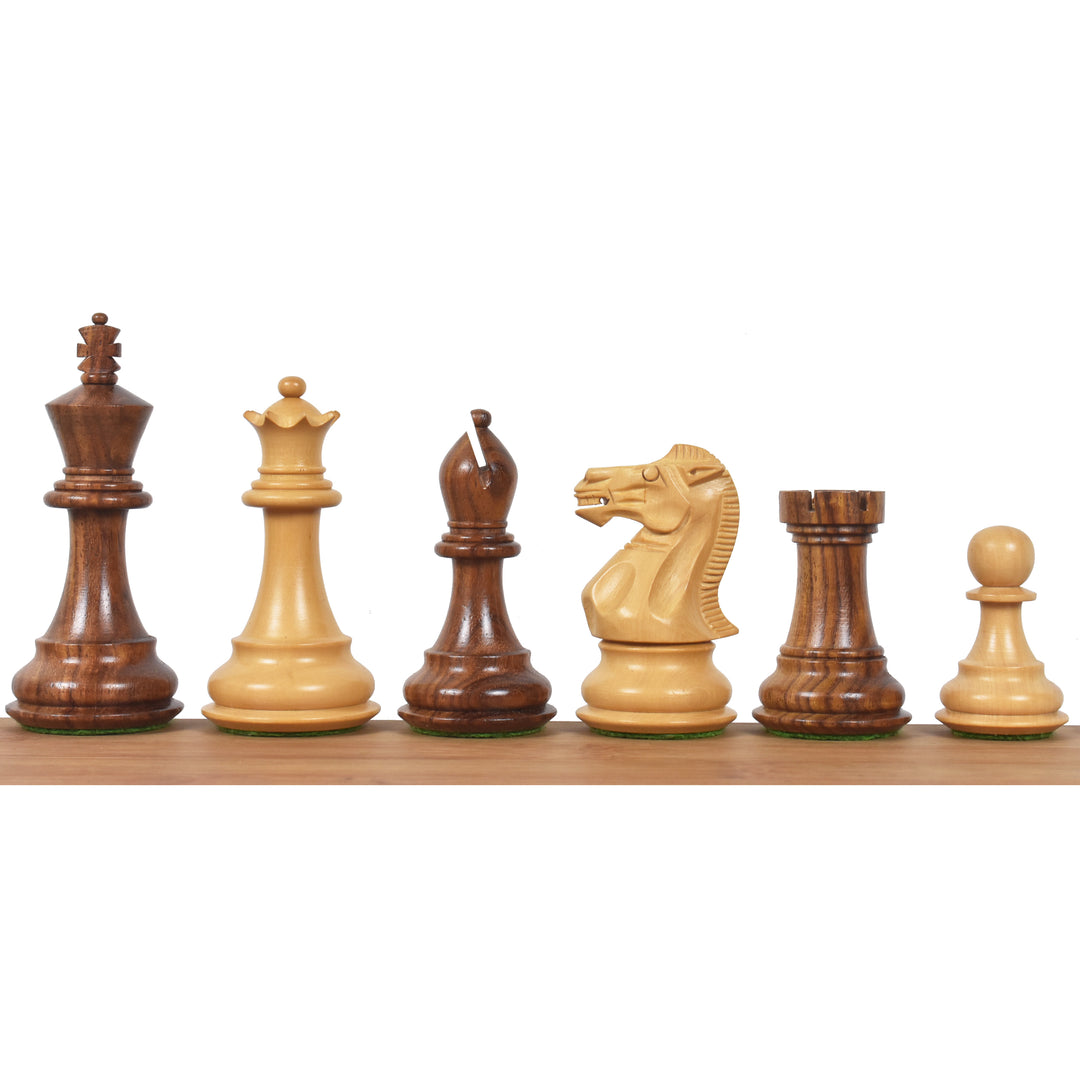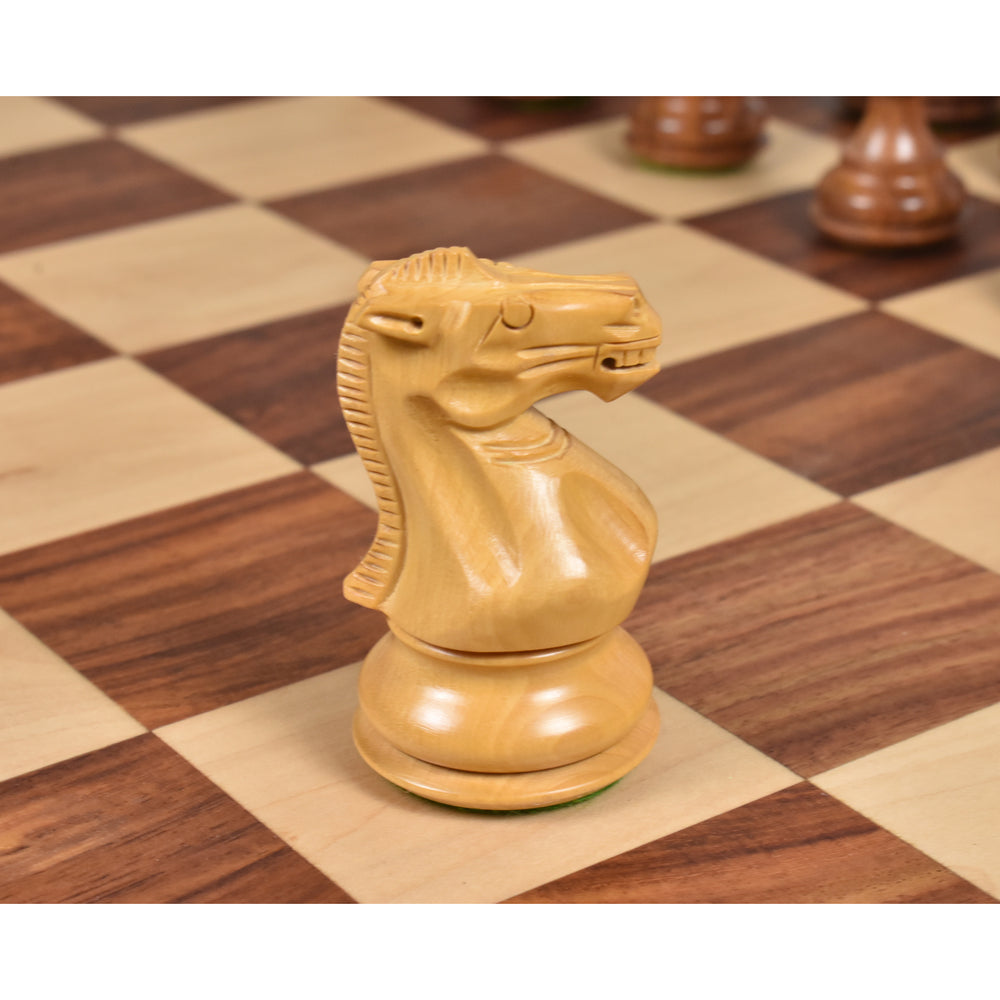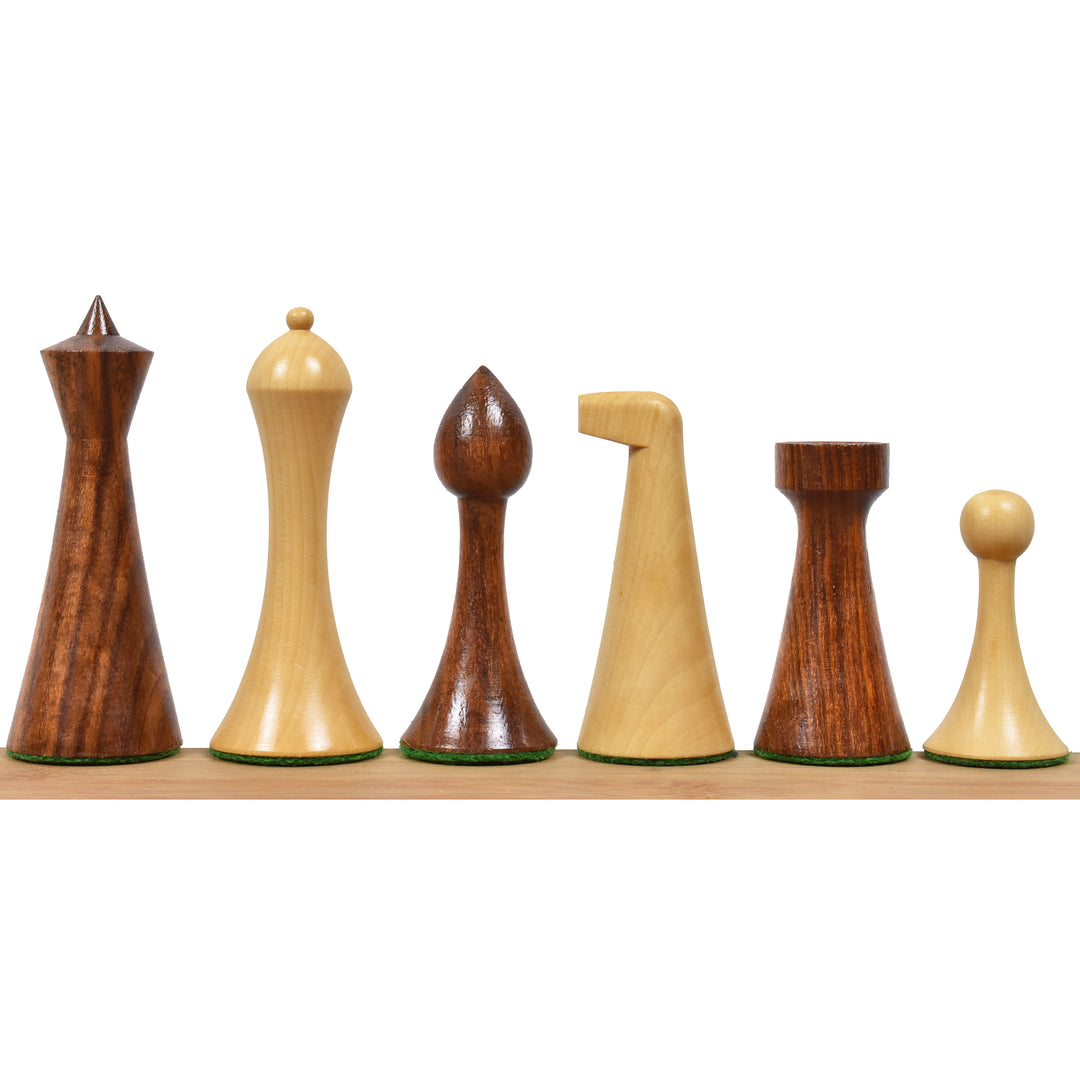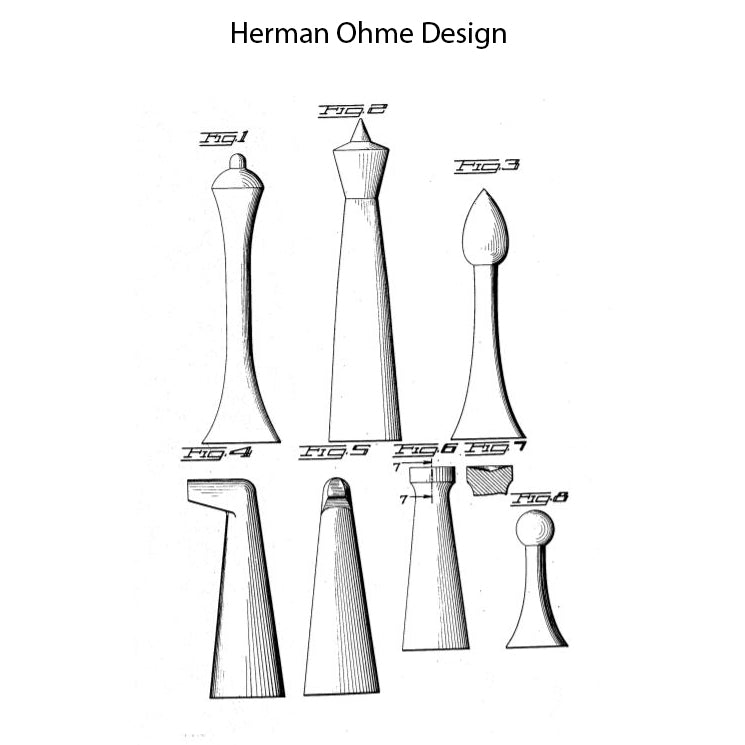Chess is a beautiful strategic game. When we play it, no one plays to lose a game. If you want to secure a chess game, then you must know how to checkmate in a ‘won’ game. If you are a beginner, you should know how to win chess in the endgame with 4 basic checkmate techniques. It is a very quick way to destroy your opponents in seconds.
4 Basic Must-Know Endgame Checkmates
When playing chess, your ultimate goal is to checkmate your opponent. To do so properly, you must first understand the concepts underlying fundamental checkmating patterns. Here is a detailed guideline for beginners to understand how to checkmate in the endgame.
How to Checkmate With Rook and King?
How annoying is it to play a fantastic game and find yourself with a rook against a lonely king but unable to deliver a checkmate? This article will teach you all you need to know about a checkmate with a rook in order to avoid a disastrous situation. There are a number of distinct ways to checkmate your opponent with a rook and a king. We will go through the most basic of them, which are easy to remember and equally as effective as more complex strategies.
Let's start with the moves required to properly checkmate your opponent with a rook and king versus a single king.
- Start with the rook
- Bring the opposing king to the last line
- Come in with your King
- Maintain your king in the same rank or file as your opponent's king
By doing this, you may be confident that your opponent's king cannot escape checkmate and that your king is there to take over his vacant squares. In order to checkmate with a rook and a king, this is an important move. You are now aware of the procedures for checkmating with a rook and a king.
How to Checkmate With King and Queen?
Understanding how to checkmate with a king and queen vs. a king is a fairly common checkmate that is incredibly useful to know! But how do we go about it? Let us explore!
There are several ways and strategies for achieving checkmate with a king and queen versus a king. Now we will study a method known as "boxing" or "rectangle" by some. It is a tried-and-true strategy that isn't too tough to master.
There are four steps to it:
- Putting the opposing king in a box by relocating our queen is a knight's move
- Reducing the size of the box by "dancing with the king
- Once the king has been cornered, freeze the queen
- Then walking our king over to declare checkmate!
At first, this can seem a little difficult, but after you see this technique in action, you'll realize how easy it can be to execute this checkmate!
How to Checkmate With Two Bishops?
The bishop pair may be a deadly tool in the hands of skilled players. Discover how to use the bishops' full potential to achieve checkmate and win the game. Using your king and two bishops to push your opponent's king to the corner of the board is the key to checkmating. Because it can quickly erect a wall that the opposing king cannot cross, the bishop pair is particularly effective at this duty.
The king must first be pushed all the way to the edge of the board. You do it by limiting the black king with the help of your bishops and king. It's time to push the opposing king to one of the corners if you've successfully pushed it to the edge of the board.
In this situation, you advance your king to the square that your bishop was in before taking a step back with the bishop nearest to your king. The bishop is then moved twice more in order to position it adjacent to the other bishop.
Following that, you arrive at a position that is comparable to the one you started with, but the opponent's king is a little bit closer to the corner of the board. By repeating this technique, you may push your adversary toward the corner of the chess boards, where you can mate him.
How to Checkmate With Two Rooks?
The goal in both situations is to make little jumps with the pieces to push the King to the edge of the board. It is quite similar to the approach to checkmate with two Queens versus a lone King. Here is the proper guide:
- The black king must be pushed to the board's edge in order to obtain a mate. However, the king can move diagonally to intercept the white rooks as they progress up the board from the majority of locations. The king cannot be kept at the edge of the board if the rooks protect themselves by moving into the same rank or file.
- If there were only two black rooks and a king, the aforementioned issue would not arise. When a black still possesses a rook, however, the movements necessary to transfer the white rooks to the opposing side of the board are sufficient for the black rook to advance and protect the king.
- Finally, if White attempts to advance his king up the board to limit Black's own king's moves, this obstructs the squares that at least one of his rooks is assaulting; as a result, the Black king can slip away from the board's edge on the opposite side of the white king.
Conclusion
A chess match's endgame is an important component. You ought to be able to handle the situation. Be familiar with fundamental endgame checkmate strategies if you are new to chess. Learning and using these rapid checkmate techniques can be interesting. Concentrate on comprehending and identifying these plays in order to win a game comfortably.
Learning the basic endgame checkmate technique is very important for beginners. You should also know about the history of chess, the rules of chess, and the basics of chess notation. It will boost your progress toward becoming a great chess player.








